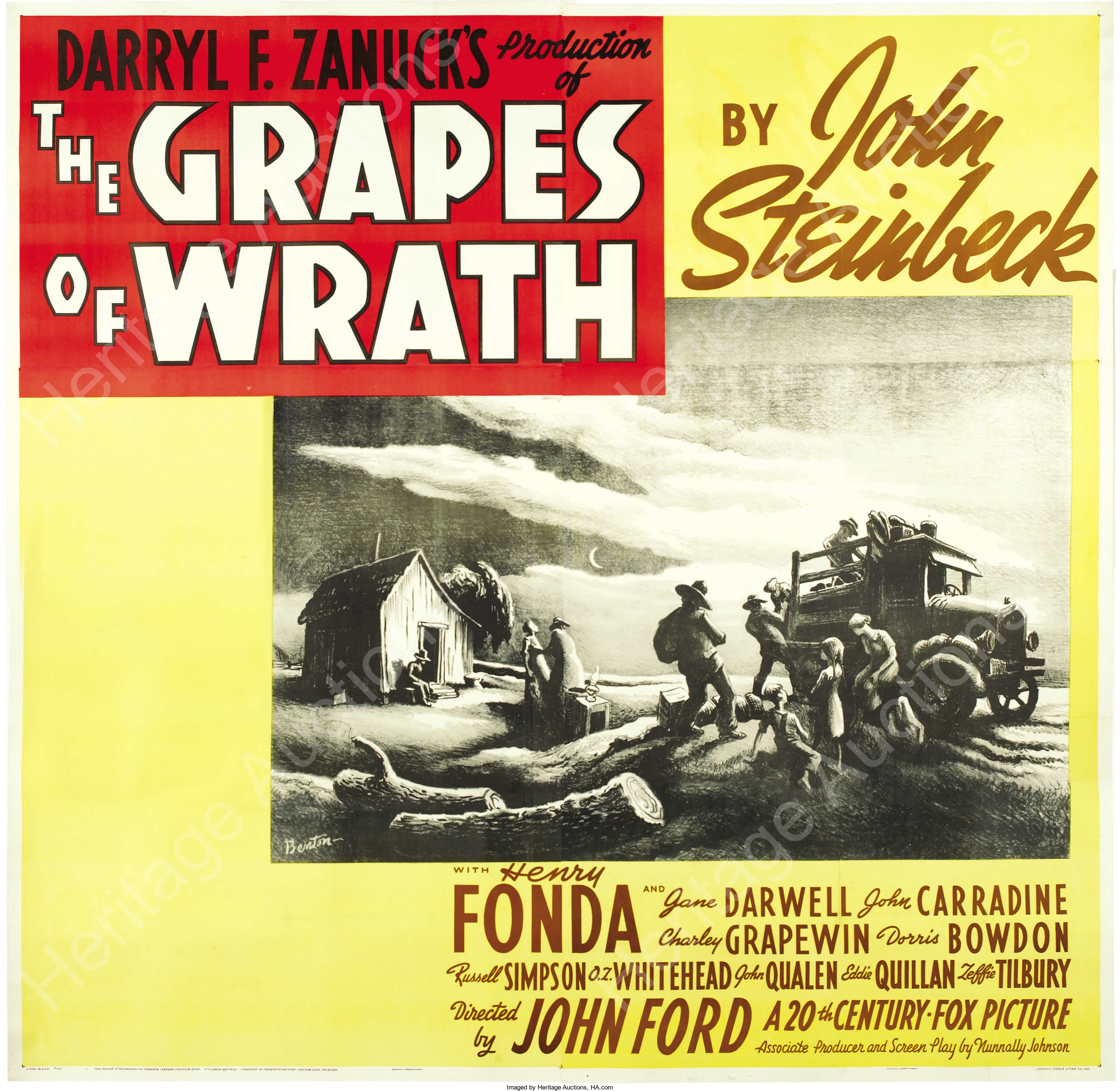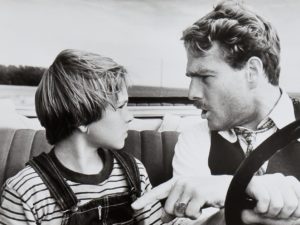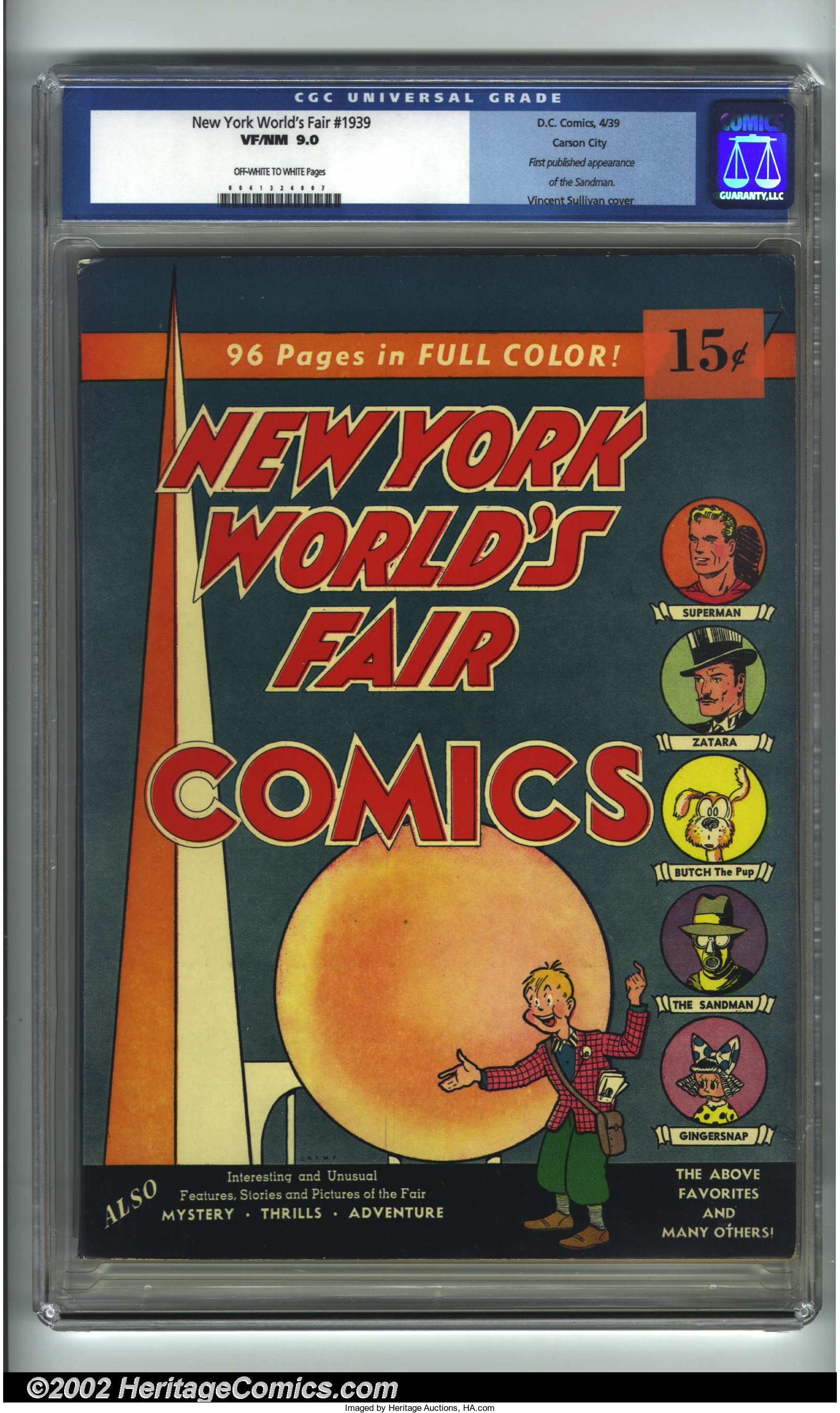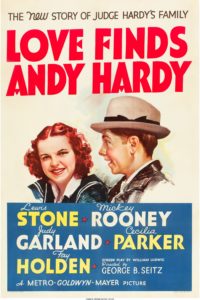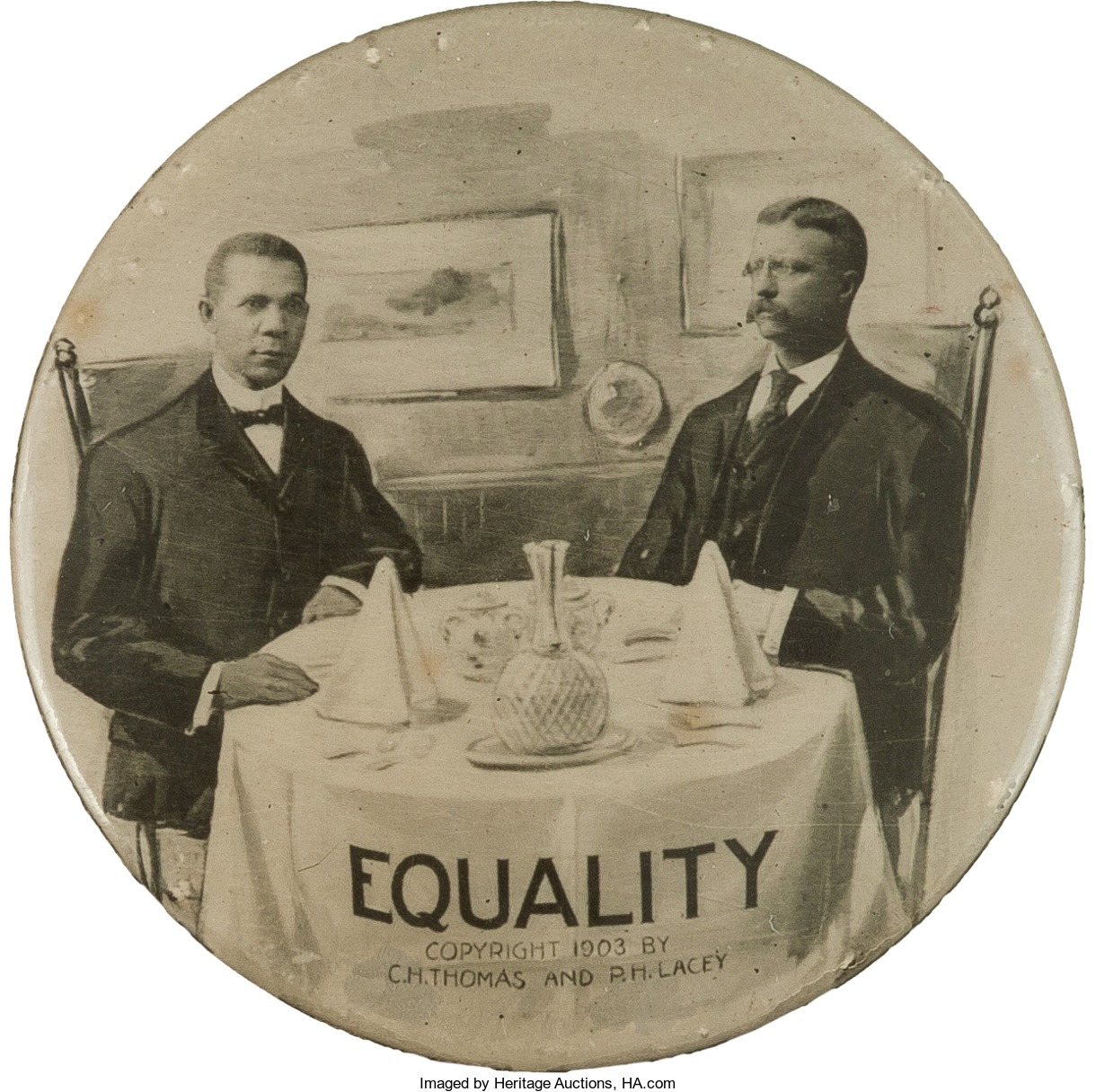
By Jim O’Neal
President Theodore Roosevelt Jr. was born on Oct. 27, 1858. His mother, Martha Bulloch “Mittie” Roosevelt, was a Southern Belle socialite and family members were wealthy Southern planters and part of the Georgia elite. In 1850, they had over 30 slaves, most of whom worked in the cotton fields. Many believe that the character Scarlett O’Hara in Gone With the Wind was at least partially based on Mittie.
The Roosevelt family moved north to New York, however Mittie remained fiercely loyal to the South and when the Civil War finally started, it caused a schism in the family. Mittie and her sister Anna, unbeknownst to Theodore Sr. or the neighbors, spent many afternoons putting together relief packets for relatives and friends in the South. They were shipped to the Bahamas and then by blockade-runner to Georgia.
Exactly 22 years later in 1880, Teddy Roosevelt celebrated his birthday by marrying 19-year-old Alice Hathaway Lee, a cousin of a Harvard classmate. After spending a few weeks at the Roosevelt home in Oyster Bay, they moved to New York City along with Theodore’s (now) widowed mother Mittie. When Alice discovered in July 1883 that she was pregnant, T.R. was predictably thrilled, as he fully endorsed the traditional American ideal of large families. His life seemed ideal since his political career was going so well as a member of the state legislature in Albany.
However, he soon became concerned when Alice fell sick as her due date grew near. The nature of her illness was hard to pinpoint, but the family doctor didn’t seem too concerned. Alice was well enough to worry more about Theodore’s mother than herself. Mittie had contracted something virulent and was not improving. Her high fever raised the possibility of typhoid, which, although not contagious, was also not treatable.
At 8:30 on the evening of Tuesday, Feb. 12, Alice gave birth to a healthy 8-pound girl. The good news was telegraphed to T.R. in Albany, who passed out cigars and proceeded to clean up some details before heading home. Then a second telegraph arrived; Alice had taken a turn for the worse. T.R. dropped everything and rushed back to Manhattan on the next train. Arriving home, he was dismayed to find Mittie burning up with typhoid fever and Alice battling what was vaguely described as Bright’s disease (a potentially fatal kidney condition). A beleaguered Roosevelt spent the next 16 hours at one bedside and then the other.
Mittie went first in the darkest predawn hours of Thursday, Feb. 14, and Alice breathed her last 11 hours later in the early afternoon on the same day. Stunned and disoriented, Roosevelt managed to inscribe a thick black X in his diary for Feb. 14, followed by a single sentence: “The light has gone out of my life.”
It is a testament to his courage and fierce determination that he was able to regroup after such tragedy, losing his wife and mother on the same day and in the same house. He was somehow able to resume his life, with his most important contributions yet to come.
Simply a truly remarkable man.
 Intelligent Collector blogger JIM O’NEAL is an avid collector and history buff. He is president and CEO of Frito-Lay International [retired] and earlier served as chair and CEO of PepsiCo Restaurants International [KFC Pizza Hut and Taco Bell].
Intelligent Collector blogger JIM O’NEAL is an avid collector and history buff. He is president and CEO of Frito-Lay International [retired] and earlier served as chair and CEO of PepsiCo Restaurants International [KFC Pizza Hut and Taco Bell].

